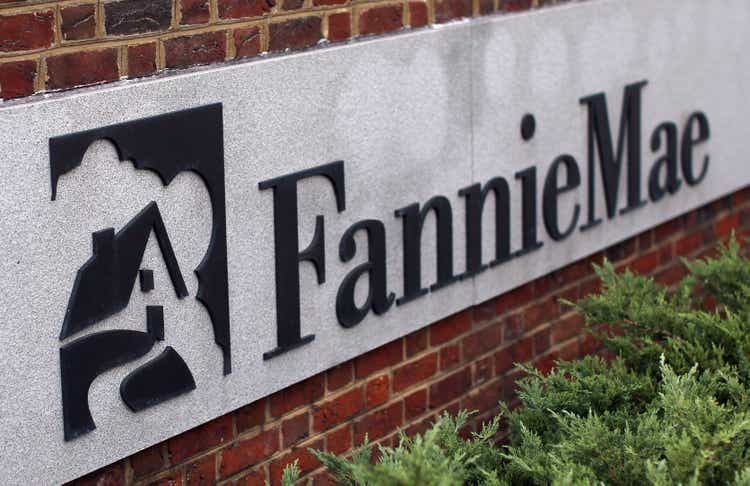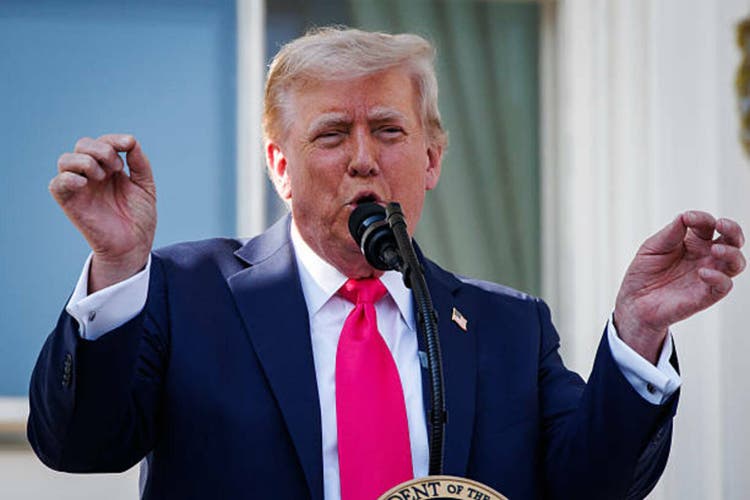"It is performing well because in a week or so we will be heading into second quarter earnings and we believe that they are going to be strong and they will be in line with market expectations, so that is the fundamental reason for the market rally that will probably continue. This summer rally, of course, could take us to higher levels," says Peter Cardillo, Spartan Capital Securities.
Now let us start by talking about the US markets first. Now, they are at a record high, both the S&P 500 and Nasdaq at record levels. So, now from here on where do you see the movement? Is the rally going to continue given we have got a better than expected June jobs report as well or do you see a case for a potential breather given that tariff deadline is looming for July 9th?
Peter Cardillo: Well to begin with, the market is in the midst of a summer rally and it is probably going to continue. We had good news with the jobs report. Although if you really look at the jobs creation, the government led the pack here in hiring and so you had 147 non-farm jobs that were created. Half of that was because of government hiring. And so, if you take that away, the report really is not as strong as it appears on the surface although the total unemployment ticked down to 4.1%.
And the good news of the job market was that the hourly wages continued to move up in a very modest way. In fact, they came in better than expected of a percent. So, basically it alleviates some fears in terms of perhaps of a contraction in the jobs market as we saw with the ADP that is the private sector that showed that the private sector had contracted and that was mostly due to, of course, fears of the tariffs and so hiring from the private sector basically was weak.
Now, this also takes away the fact that the Fed is not likely to cut in July. And again, even though the inflation news continues to improve and looks good, the fear factor of tariff inflation is still very much on the minds of investors. So, this leads us to the next question, and that is, why is the stock market performing well? Well, it is performing well because in a week or so we will be heading into second quarter earnings and we believe that they are going to be strong and they will be in line with market expectations, so that is the fundamental reason for the market rally that will probably continue. This summer rally, of course, could take us to higher levels.
But give us a sense of what you have made of the bond market in the US lately. Just yesterday, we have seen a little bit of an uptick coming in in the 10-year yield. On the flip side, you have dollar index that is absolutely lacklustre and not doing anything. On the basis of these two metrics, how do you think the road lies ahead for the US markets?
Peter Cardillo: I think what you asked me was now that the tax bill, that is, Trump’s big beautiful tax bill has been passed and now awaiting for his signature, what will that mean? Well, again, that to a certain degree in terms of the stock market, it is positive. Obviously, you are going to have lower corporate taxes and that means that companies will be able to earn more going forward. Of course, there is a negative aspect to that and that negativity comes from the fact that it is going to add a couple of trillion dollars to a very-very huge deficit. So, soaring deficits are not going to diminish, they are going to increase and so that indicates that we will probably have a weaker dollar. Dollar probably will continue to weaken and that means that gold prices are likely to continue to move up strongly.
Now, let us also talk about some other asset classes. Now, the kind of rally that we are seeing in US markets, June has been a very strong month for the US equity market. Overall, 2025, the first half has been quite strong as well. We recovered from those April lows. But going forward, since you said that the market looks fundamentally strong given those strong earnings that we are expecting, what is your take on other asset classes? Do you think it is time for one to move their money from other asset classes like gold and shift back to equity?
Peter Cardillo: Yes, I remain very bullish on gold and as I said, it is just a matter of time before we hit new record highs. I think somewhere down the line we are looking at $5,000 for gold prices, that is, of course, not immediately, but we are headed for that and that is based on deficits and of course, there is the possibility that the economy strengthens and, of course, there is the possibility that we will have trade deals that would not have very large implications in terms of inflation. But I do not see that. I think that the trade agreements will bring a certain amount of inflation. So, that means that the Fed is not likely to be as generous as perhaps the market would like it to be.
I just want to take that point a little further, now that this bill has been passed and you also have on the other side this entire tariff threat that is still upon some countries that have not heard trade deals coming in. Could this tax bill influence the Fed to maybe slightly deviate from the path that it was going to take earlier because we are still hearing commentary from Fed presidents the likes of Raphael Bostic that are saying that they are still not rushing to give a decision in either direction. Do you think that this tariff pressure could maybe quicken that timeline for the Fed?
Peter Cardillo: There is a possibility of that, but we just have to take a wait and see attitude and see what develops in the coming weeks and months. But again, there are still major trade deals that have to be agreed upon and so it is still an open question.
Now, I just want to go back to the point you were making earlier about inflation. Now, you have earlier said that it has been trending lower, it has been improving. But it still remains sticky is what I was reading in one of the reports. So, if you could help us understand what are the drivers of the stickiness and what needs to be done now to move away from this point and reach that Fed's target of 2%.
Peter Cardillo: We are probably going to hit the Fed target, but not right away. Now, with the budget being passed and with trade deals still having to be sealed that inflation will continue to hoover around the present level, which is not bad. It has come down. So that does leave the door open to a rate cut, but perhaps as I said before, I do not think the Fed is going to be as generous as the market would like it to be or actually as the administration would like it to be. So, yes, it is just a question of waiting and seeing from the trade agreements and how inflation will pick up and what certain sectors.
Now, there has been some evidence that some of the levies are now beginning to see prices show up. So far, it has been contained, but the question is, will it stay that way and my guess is that we are probably going to see a little bit of a bump up in inflation in the months ahead, but nothing that would take us too far away from the Fed target. So, it is going to be a while before we hit that 2% Fed target.
.png)
 3 days ago
1
3 days ago
1











 English (US) ·
English (US) ·